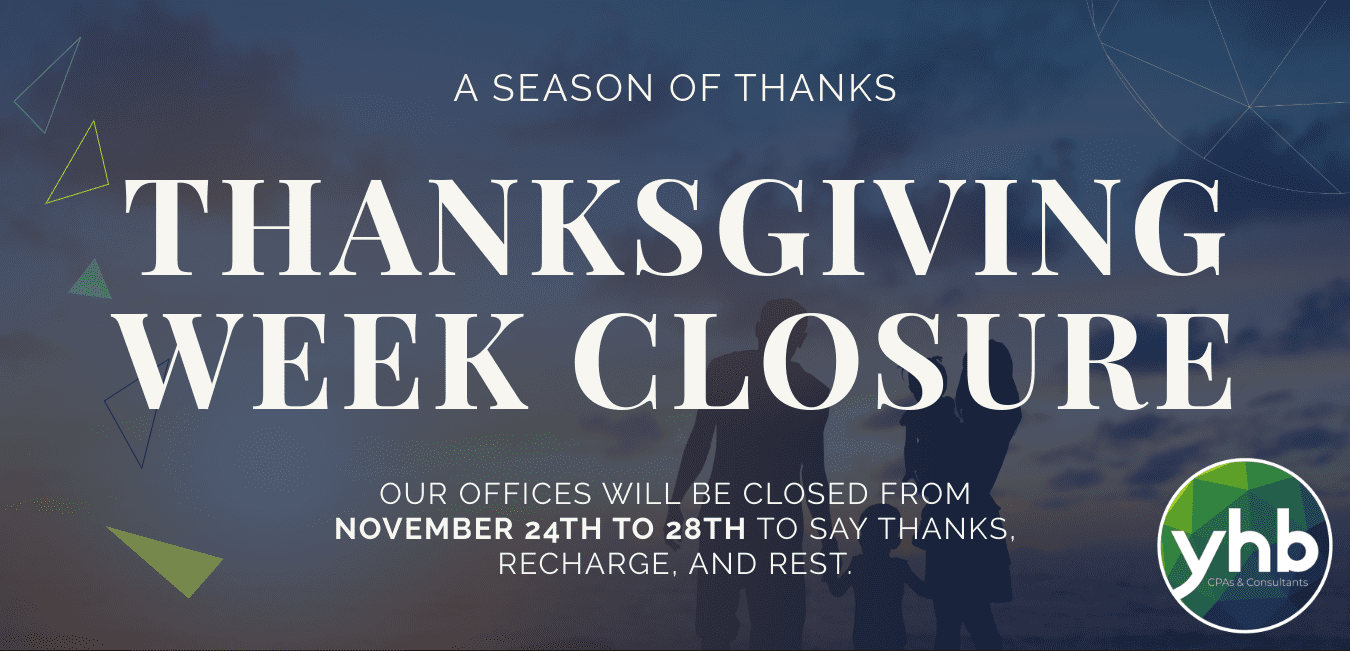Managing your organization’s retirement plan can be complicated. For most employees, their retirement funds are their biggest asset. One that they will rely on exclusively once they stop working. Our team of Employee Benefit Plan experts work with organizations of all sizes and unique situations. In fact, we audit over 60 different plans. Thanks to this experience we have seen quite the variety of “interesting” issues arise. Below are 10 common retirement plan mistakes to avoid so you can rest assured knowing you are protecting your employees.

- Excluding Eligible Employees from the Plan
This can be avoided by making sure there is effective communication between the plan administrator and those involved in implanting the plan and presenting it to participants.
- Not filing a Form 5500
To avoid not filing Form 5500 make sure to have an understanding of your filing requirements. Utilizing a 401k professional can help explain filing rules and improving the overall 401(k) account performance.
- Incorrect Hardship Distributions
Regularly reviewing all of the in-service distributions are meeting plan requirements helps to find mistakes, if there are any. Procedures should be in place to ensure administrators and payroll offices relay the correct hardship distribution information.
- Not making Timely Employee Election Deferrals
Employee deferrals need to be timely deposited, if not done so you must go through the Department of Labor’s (DOL) Voluntary Fiduciary Correction Program and possibly the IRS correction program. It is important that your payroll provider has set up procedures to ensure deposits be made by the correct date and know when you can reasonably segregate the deferral deposits from general assets.
- Loans not meeting Plan Requirements
Loan rules can be complex. IRS regulations limit loan amounts allowed and the time it takes to repay. If a loan does not follow the rules or in the limits the loan will be treated as a taxable distribution to the participant.
- Employer Matches incorrectly Allocated
Keeping up to date and calculating employment and payroll records is a good way to avoid this mistake. Always review your plan documents to determine matching formulas and requirements to make sure plan rules are implemented.
- Not using the Plan Definition of Compensation Correctly
This is when a 401(k) professional could also come in handy. It is important to perform annual reviews of compensation definitions to ensure staff in charge of determining compensation are properly trained to understand the plan document.
- Failing to follow Plan Terms
When first developing a 401(k) plan or updating terms, make sure all required forms and documentation are done in a timely and accurate manner. Every plan needs to be reviewed by each participant annually to make sure plan terms are being followed.
- Failing to Pass the ADP/ACP Nondiscrimination Test
Knowing your employee census information helps to minimize this failure. Although failing to pass the nondiscrimination test need to be avoided, if done by the end of the following year then there is not a penalty.
- Failing to Cap Benefits at the Annual Additions Limit
For defined contribution plans, participant’s total contributions for the year are limited to the lesser of $51,000 or 100% of compensation. Plan sponsors should be aware of the rules and avoid “forcing” allocations knowing it could be corrected in the future.
Our dedicated Employee Benefits Team welcomes the opportunity to put their retirement plan expertise to work for you. Contact us today to see how we can assist you in preparing for the retirement you deserve.
Learn More About Our Employee Benefit Services
About the Author
Elizabeth Day graduated from Longwood University with a Bachelor’s of Science in Accounting and began working for YHB in August 2016. She is an Associate on the audit team with an emphasis on employee benefit plans. Elizabeth works primary out of our Winchester office.


